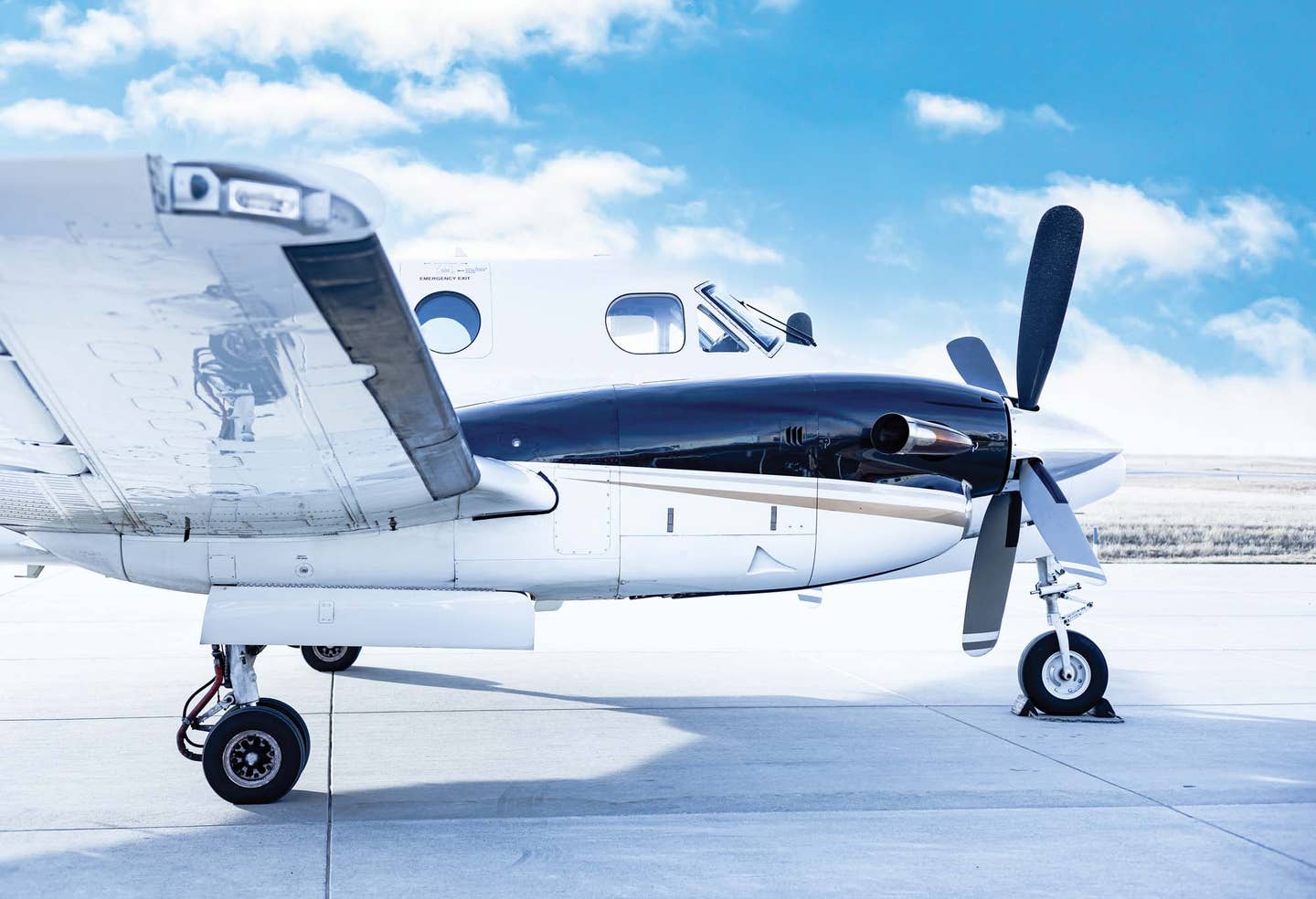Video: 70 Years Of Mind-Blowing Aviation History
Seven decades of the biggest brains and bravest souls in experimental flight.
To celebrate its 70thanniversary, NASA's Armstrong Flight Research Center, the agency's center for atmospheric flight research operations, is sharing a special video on NASA television that showcases its storied history.
When it came to post-war flight-testing, let's be clear: Supersonic wasn't the goal, but just a jumping-off point to more and faster and higher accomplishments. Toward that end, in 1946 the United States created a center in the High Desert of Southern California where engineers and test pilots could work together to push the envelope to corners unimaginable just a few years prior. Based at Edwards, California, with its miles-long dry lakebeds for landing fast and landing long, NASA Armstrong Flight Research Center got dates in September of 1946.
The mission was to develop a series of ever more capable experimental aircraft known as X-planes. The original X-planes, with the Bell X-1, were the first aircraft to achieve flight supersonically. From there it soon became clear that the aircraft being developed at the Center would run out of atmosphere. Sure enough, subsequent flight research of the X-15 rocket plane offered the opportunity to assist with NASA space missions. In the following decades, the role of the research center has expanded to include aviation safety, airborne science, technology advancement and the space shuttle program. In addition, a NASA 747SP aircraft based at NASA Armstrong carries the world's largest airborne infrared telescope, SOFIA (Stratospheric Observatory to Infrared Astronomy).
Today, NASA Armstrong is revisiting the age of X-planes with the agency's first electric propulsion aircraft, the X-57. Nicknamed "Maxwell" in honor of James Clerk Maxwell, the 19th-century Scottish physicist who's known for his groundbreaking work in electromagnetism, the aircraft could lead to advances in fuel efficiency and reductions in noise and emissions. In addition, the center is pursuing research that could lead to another fast, but quieter X-plane. According to the agency, if successful, that aircraft could substantially decrease the noise made when an aircraft pierces the speed of sound that could end the prohibition on supersonic flight over land.
The X-57 Maxwell will be built by NASA'sScalable Convergent Electric Propulsion Technology Operations Research (SCEPTOR) project,which could lead to a plane that's quieter, more efficient and more environmentally friendly than today's commuter aircraft. NASA researchers envision development of an experimental nine-passenger aircraft and, ultimately, an experimental regional aircraft.
NASA TV schedules are available atnasa.gov/ntv. Check out the NASA YouTube channel atyoutube.com/armstrongtv.
Learn more about NASA Armstrong Flight Research Center at nasa.gov/centers/armstrong.
To get more aviation news delivered to your inbox or mobile device, sign up for our weekly eNews.

Subscribe to Our Newsletter
Get the latest Plane & Pilot Magazine stories delivered directly to your inbox






